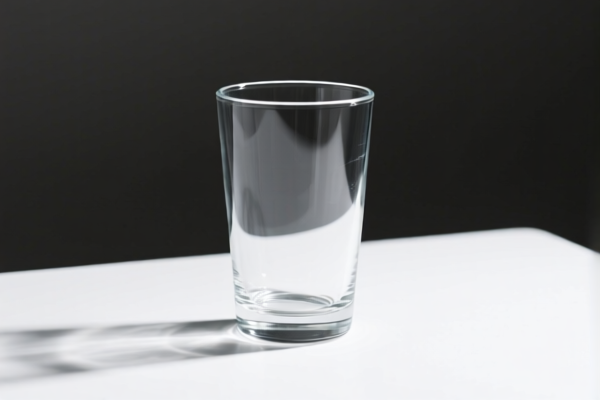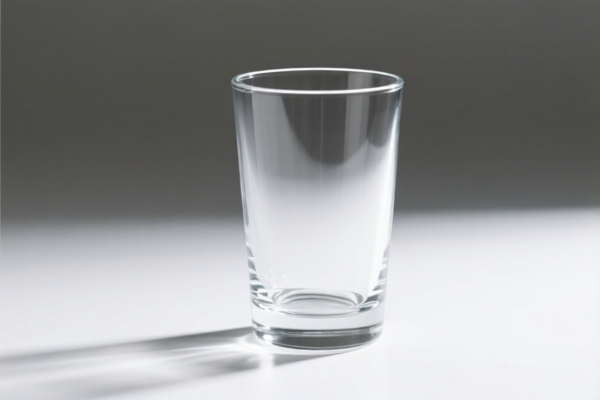| HS Code | Official Doc | Tariff Rate | Origin | Destination | Effective Date |
|---|---|---|---|---|---|
| 7013991000 | Doc | 52.5% | CN | US | 2025-05-12 |
| 7010905005 | Doc | 55.0% | CN | US | 2025-05-12 |
| 7010905055 | Doc | 55.0% | CN | US | 2025-05-12 |
| 7020006000 | Doc | 60.0% | CN | US | 2025-05-12 |
| 7020003000 | Doc | 55.0% | CN | US | 2025-05-12 |
| 8475290000 | Doc | 55.0% | CN | US | 2025-05-12 |
| 8475909000 | Doc | 55.0% | CN | US | 2025-05-12 |
| 8420101000 | Doc | 41.0% | CN | US | 2025-05-12 |
| 8420101000 | Doc | 41.0% | CN | US | 2025-05-12 |
| 9405916040 | Doc | 59.5% | CN | US | 2025-05-12 |
| 9617006000 | Doc | 37.2% | CN | US | 2025-05-12 |




Glass Decoration
Glass decoration encompasses a broad range of ornamental objects made from glass, serving aesthetic and functional purposes. The materials, techniques, and resulting styles are diverse, reflecting cultural trends and technological advancements over centuries.
Materials
The primary material is glass itself, typically soda-lime glass for affordability and versatility. However, other glass types are frequently employed:
- Borosilicate glass: Known for its thermal shock resistance, used in art glass and scientific pieces.
- Lead crystal: Contains lead oxide, increasing brilliance and weight; traditionally used for fine tableware and decorative items.
- Colored glass: Achieved through the addition of metal oxides during glass production (e.g., cobalt for blue, chromium for green, gold for ruby red).
- Seaglass: Naturally frosted glass formed by physical and chemical weathering.
Often, glass decoration incorporates additional materials:
- Metals: Gold leaf, silver leaf, copper wire for embellishment.
- Paint: Enamel, ceramic paint for surface decoration.
- Gemstones/Beads: Applied for intricate detailing.
- Wood/Stone/Other Glass: Used as bases or combined elements.
Purpose & Function
The purpose of glass decoration is primarily aesthetic, intended to enhance visual appeal and create artistic value. However, functionality is often integrated:
- Ornamental: Vases, sculptures, figurines, paperweights, purely decorative items.
- Utilitarian with Decoration: Glasses, bowls, plates, lamps, windows, mirrors.
- Architectural: Stained glass, glass mosaics, decorative panels.
Techniques
A wide array of techniques are used to create glass decorations:
- Blowing: Shaping molten glass with air; used for vases, sculptures, and complex forms.
- Casting: Pouring molten glass into molds; suitable for solid forms and intricate designs.
- Slumping/Fusing: Heating glass pieces to soften and merge them together; used for plates, bowls, and decorative panels.
- Staining: Applying metal oxides to the glass surface and firing to create colored patterns.
- Painting: Applying enamel or ceramic paints to the surface and firing.
- Engraving: Cutting designs into the glass surface with rotating tools.
- Etching: Using acid to create frosted patterns on the surface.
- Mosaic: Assembling small pieces of colored glass (tesserae) to form a larger image.
- Lampworking/Flameworking: Using a torch to melt and shape glass rods and tubes; used for beads, small sculptures, and intricate details.
- Sandblasting: Using compressed air to etch designs onto the glass surface.
Usage Scenarios
Glass decorations are used in a variety of settings:
- Residential: Homes, apartments, as table centerpieces, wall art, shelf displays.
- Commercial: Hotels, restaurants, offices, retail spaces, as focal points or accent pieces.
- Public Spaces: Museums, galleries, churches, as art installations or architectural elements.
- Events: Weddings, parties, as table settings or decorative accents.
- Collectibles: Antique glass, art glass, limited-edition pieces.
Common Types
- Vases: Varying shapes, sizes, and styles; often used for floral arrangements.
- Sculptures: Representational or abstract forms, created using various glassblowing and casting techniques.
- Figurines: Small, decorative representations of people, animals, or objects.
- Paperweights: Decorative glass objects used to hold down papers; often containing intricate patterns or inclusions.
- Stained Glass: Colored glass pieces arranged to form images or patterns; commonly used in windows and lamps.
- Beaded Glass: Glass beads strung together to create jewelry, ornaments, or decorative panels.
- Murano Glass: Glassware made on the island of Murano, Italy, known for its artistry and intricate designs.
- Art Glass: Glass created as a fine art medium, often incorporating unique colors, textures, and forms.
- Sea Glass: Naturally frosted glass found on beaches, often used in crafts and jewelry.
- Mosaic Glass: Decorative objects created by assembling small pieces of colored glass.
Glass decoration can fall under several classifications depending on its specific characteristics. Here's a breakdown of relevant HS codes based on the provided information:
- 7013.99.10.00: This HS code covers glassware of a kind used for table, kitchen, toilet, office, or indoor decoration. Specifically, it applies to “Other glassware” which includes glassware decorated with metal flecking, glass pictorial scenes, or glass thread- or ribbon-like effects embedded or introduced into the body of the glassware prior to solidification. It also includes millefiori glassware and glassware colored prior to solidification with a random distribution of bubbles, seeds, or stones throughout the mass. The total tax rate is 52.5% (Base tariff: 15.0%, Additional tariff: 7.5%, Post-April 2, 2025, Additional tariff: 30.0%).
- 7013.99.10.00: (Repeated for emphasis, as it's the most likely fit) This code is for decorative glassware, but it's crucial to confirm if the decoration is embedded or introduced prior to solidification or if it's a different type of decoration.
- 9405.91.60.40: This HS code relates to parts of luminaires and lighting fittings, specifically “Other prisms and other glass articles of a kind used in chandeliers and wall brackets, and articles thereof”. If the glass decoration is intended for use in lighting fixtures, this code may be applicable. The total tax rate is 59.5% (Base tariff: 4.5%, Additional tariff: 25.0%, Post-April 2, 2025, Additional tariff: 30.0%).
It is important to note that the classification of glass decoration depends heavily on its intended use and manufacturing process. If the decoration is applied after the glassware is formed, or if it's not specifically for the uses listed under 7013.99.10.00, a different HS code may be more appropriate.
Customer Reviews
No reviews yet.